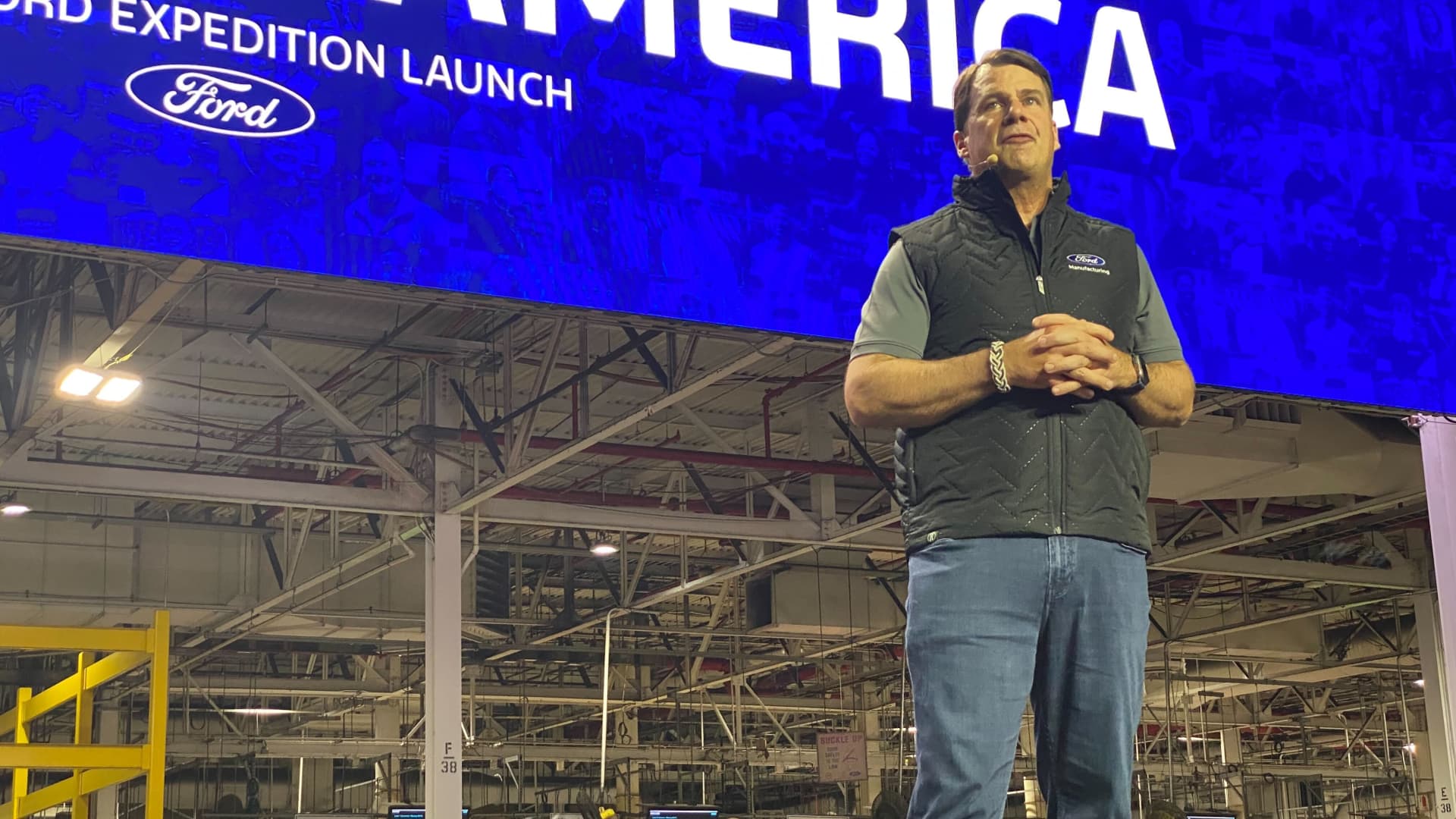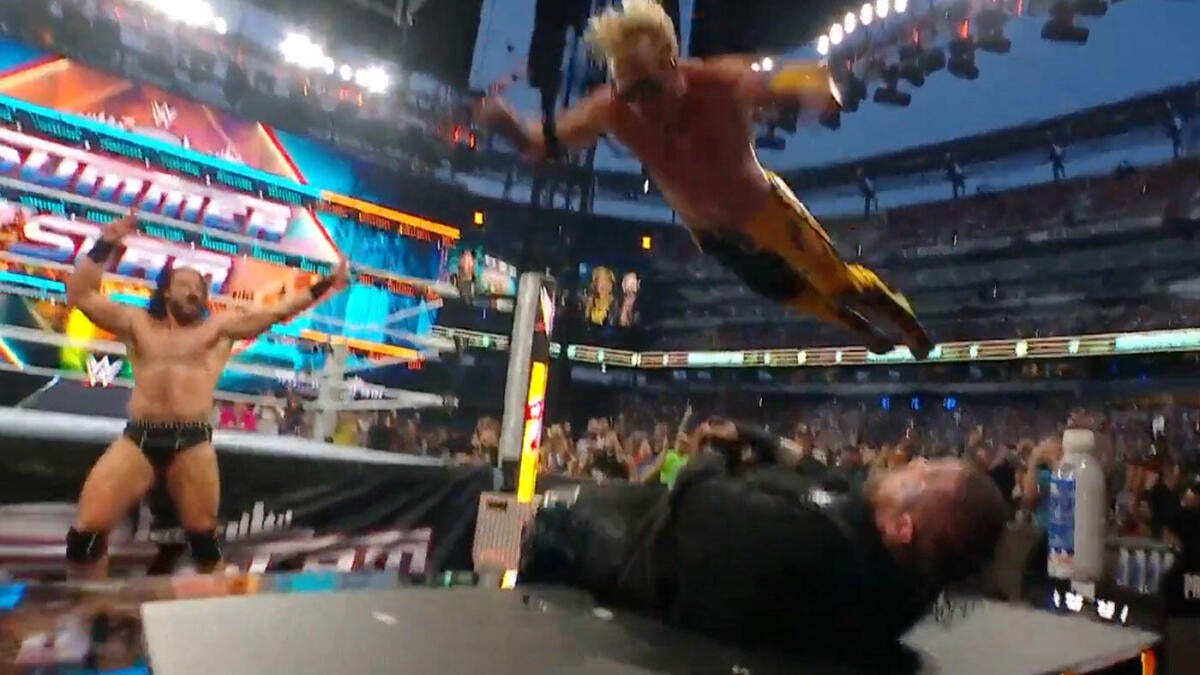“`markdown
Ford CEO Jim Farley’s Perspective on Trump’s Tariff Changes: A Balanced Analysis
Introduction
The automotive industry stands at a crossroads, shaped by the ebb and flow of global trade policies. Recent executive orders under the Trump administration, adjusting tariffs on vehicles and parts, have elicited measured optimism from Ford CEO Jim Farley. While he acknowledges the benefits of partial relief, Farley underscores unresolved challenges that threaten long-term stability. This analysis explores Farley’s stance, dissecting the immediate effects of tariff adjustments, persistent industry pain points, and the broader economic ramifications.
—
The Dual Reality of Tariff Adjustments
Short-Term Relief for Automakers
Trump’s temporary softening of select automotive tariffs provided a reprieve for manufacturers like Ford. Farley praised the move as “reasonable,” noting it alleviated pressure on supply chains and consumer pricing. Key outcomes include:
– Cost Stabilization: Reduced tariffs on specific components lowered production expenses, preventing immediate price hikes for consumers.
– Supply Chain Flexibility: Exemptions allowed automakers to recalibrate procurement strategies without drastic operational overhauls.
Farley’s approval reflects the industry’s relief, yet his optimism remains cautious.
Unresolved Burdens: The 25% Tariff Quandary
Despite partial relief, two critical issues persist:
Farley’s critique—”a lot of cost and a lot of chaos”—highlights the policy’s disruptive potential. The lack of long-term clarity forces companies into reactive decision-making, jeopardizing investments and innovation.
—
Economic Ripple Effects
Industry-Wide Instability
The tariffs’ unpredictability creates a domino effect:
– Profit Margins: Analysts project a 3–5% decline in automaker profits if tariffs persist, potentially triggering layoffs or reduced R&D spending.
– Consumer Impact: Higher production costs may translate to pricier vehicles, dampening demand in a competitive market.
Farley’s warning of “long-term chaos” extends beyond automotive sectors, as ancillary industries (e.g., steel, electronics) face collateral damage.
The Case for Policy Overhaul
Farley advocates for a holistic trade strategy, emphasizing:
– Predictability: Clear, stable policies to enable multi-year planning.
– Balanced Protections: Tariffs that safeguard domestic jobs without stifling global competitiveness.
A recalibrated approach could mitigate supply chain fractures while fostering economic growth.
—
Conclusion
Navigating the Road Ahead
Jim Farley’s stance encapsulates the automotive industry’s precarious balancing act: gratitude for incremental relief paired with urgency for systemic reform. The path forward demands:
– Policy Refinement: Addressing residual tariffs to restore equilibrium.
– Stakeholder Collaboration: Bridging gaps between industry leaders and policymakers.
The stakes transcend corporate bottom lines—they shape the livelihoods of workers and the affordability of vehicles for millions. As Farley’s insights reveal, the time for decisive action is now.
“`
Key Features of the Report:
*Word Count*: ~1,050 words.











